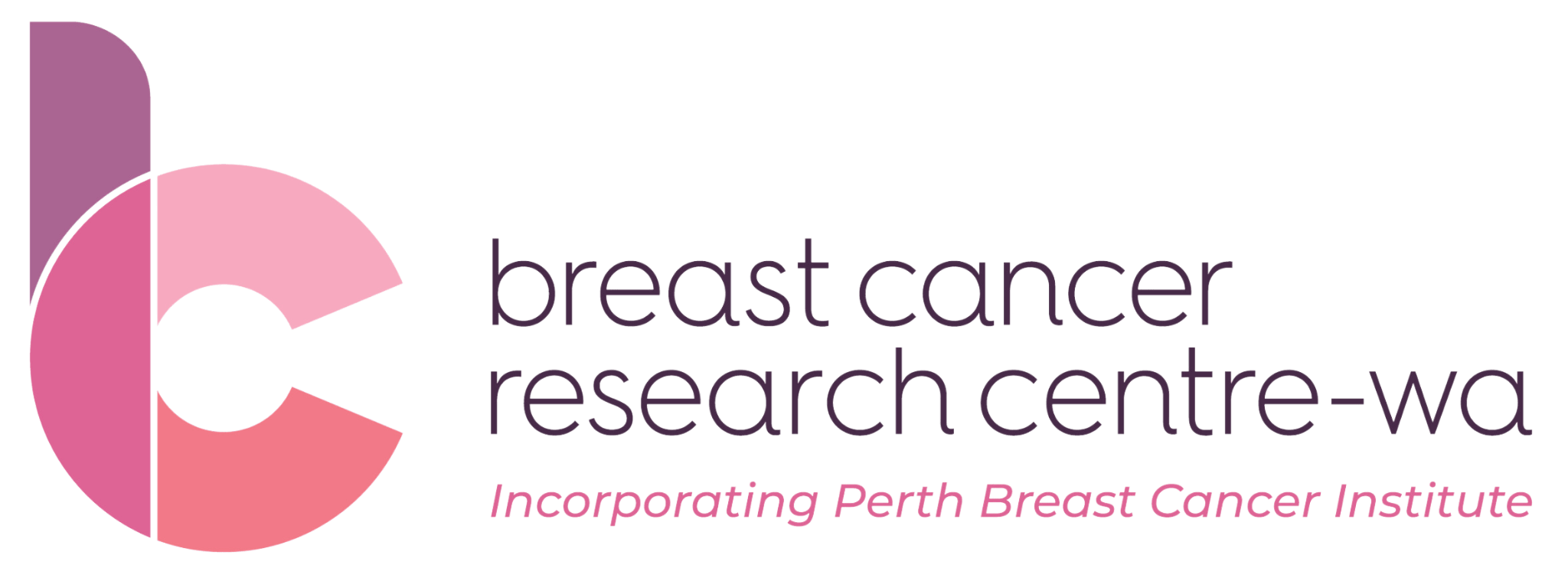Benefits of Exercise
After Early Breast Cancer Treatment
Although improvements in screening, detection and treatment of breast cancer have led to better outcomes for those with a breast cancer diagnosis, men and women can experience a variety of side effects that linger or develop after treatment has been completed.
These side effects can differ in type, severity and duration and depend on somebody’s general health and well-being and the combination of treatments received.
The common side effects include fatigue, reduced fitness and function (deconditioning), muscle and scar tightness, joint pain, lymphoedema, peripheral neuropathy, brain fog (reduced memory and concentration), menopausal symptoms, mood changes, weight changes and sleep disturbance.
Some side effects resolve in a matter of weeks, such as muscle tightness, mild symptoms of fatigue and lethargy, and skin changes with radiation.
Others will linger and take longer to improve such as moderate fatigue, weight changes, peripheral neuropathy, brain fog and menopausal symptoms, and muscle strength and function.
And some side effects are latent, meaning they may appear after a period of time such as tissue fibrosis that can tighten muscles, scars and nerves. This may cause pain, and impact your posture and movement. Lymphoedema, heart or lung changes, joint pain and bone density loss can also occur later.
The good news is that there is strong evidence that exercise improves cancer-related fatigue, health-related quality of life, physical function, anxiety, depression and lymphoedema.
There is also moderate evidence it improves bone health and sleep quality.
Several recent studies suggest that higher levels of physical activity are associated with a reduced risk of the cancer coming back, and longer survival after a breast cancer diagnosis. Women who exercise after completing treatment live longer and have a lower risk of cancer recurrence. Patients who exercised for up to 150 minutes per week had a 38% reduced risk, whilst patients who exercised for 360 minutes or more per week had a 70% reduced risk of cancer-specific death. So, some activity is better than none, and more activity is generally better than less.
A combination of both aerobic and resistance exercise has been shown to be the most effective for patients recovering from cancer.
Aerobic exercise is something that predominately stresses the cardiovascular system. It is any exercise that can be maintained continuously and rhythmically and uses your large muscle groups. For example, walking, jogging, cycling, or swimming. Aerobics workouts can consist of moderate-intensity continuous training, ideally for at least 20 mins, or interval training where you alternate work intervals with lower-intensity recovery or rest intervals.
The aim is to reach and maintain at least 150 mins of moderate intensity or at least 75 mins of vigorous-intensity aerobic exercise each week.
The expected benefits of aerobic exercise are reduced anxiety and depression, less fatigue, a better quality of life, and improved perceived physical function
Resistance exercise is a form of exercise that predominately stresses the musculoskeletal system. It requires muscle or muscle groups to work against an external resistance using your own body weight, free weights (dumbbells and barbells), weight machines or elastic resistance bands.
The aim is to do resistance exercises at least twice a week, targeting muscles that have been impacted by treatment. Try to lift a load that requires moderate effort. You should be able to do the exercise 8-12 times with the last 1-2 repetitions being quite effortful. To build muscle, do high volume load (increase sets, repetitions and then the weight). If you are less fit or just getting started, you might work at a lower intensity, to begin with, and build up. You should allow at least 48 hours of recovery for each muscle group.
The expected benefits of resistance exercise are less fatigue, a better quality of life, reduced lymphoedema and improved body composition and perceived physical function.
Even when the benefits of exercise are clear, it can be hard to get going.
The most commonly reported reasons for not exercising are concerns about treatment-related side effects, fatigue, lack of time or access to an exercise centre or activity.
Talk to your oncologist about any concerns you have with starting an exercise program. They can refer you to a physiotherapist or exercise physiologist for specific treatment and to devise a modified exercise program for you.
Some other exercise tips include:
- Make a start, no matter how small it is
- If you really don’t feel ready to exercise, just try to increase your physical activity each day. Parking your car further from your destination, doing a bit more housework, taking the stairs, not the lift, getting off the bus a stop earlier etc. Once you get your foot in the door of being active, you can add more formal exercise
- Exercise does not need to be expensive. You don’t need expensive equipment or clothing to exercise but appropriate footwear is important – i.e. comfortable runners/sneakers, closed-toe shoes.
- Find something that you enjoy doing, you are much more likely to stick with it.
- Most exercises involving large muscle groups are beneficial. Some options include: Walking, Strength Training, Dancing, Swimming, Gardening, Yoga, Cycling, Bushwalking, Tai Chi
- Set goals to keep yourself motivated
- Recruit an exercise buddy to workout with to keep you accountable
You can get support and guidance from a physio or exercise physiologist who has experience working with cancer. They can guide you through a starter program in a safe and effective way that is specific to you.

Lizzie Eastwood
Oncology Clinical Lead Physiotherapist at Hollywood Private Hospital
Lizzie works out of Ramsay Health Plus, the outpatient allied health department at Hollywood.
The information and content provided on this page is intended for informational and educational purposes only and is not intended to substitute for professional medical advice. Please contact your medical team for advice on anything covered in this article.
